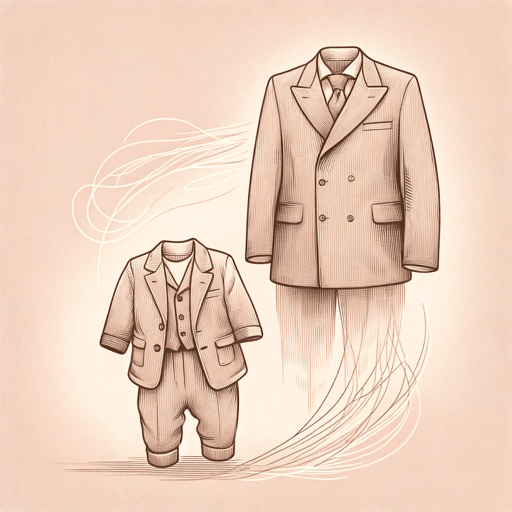19 pages • 38 minutes read
Edna St. Vincent MillayConscientious Objector
Fiction | Poem | Adult | Published in 1934A modern alternative to SparkNotes and CliffsNotes, SuperSummary offers high-quality Study Guides with detailed chapter summaries and analysis of major themes, characters, and more.
Further Reading & Resources
Related Poems
“First Fig” by Edna St. Vincent Millay (1918)
This poem is the source for the idiom “burning the candle at both ends.” Millay’s first line reads “My candle burns at both ends” (Line 1). Unlike the long lines of “Conscientious Objector,” “First Fig” contains only four short lines. However, both poems place friends and enemies together. Millay writes, “But ah, my foes, and oh, my friends” (Line 3) in “First Fig,” which is echoed in Line 9 of “Conscientious Objector”: “I will not tell him the whereabouts of my friends nor of my enemies either.” “First Fig” is a poem about the youthful rebellion of which Millay was part in postwar Greenwich Village.
“Because I could not stop for Death—” by Emily Dickinson (1890)
This poem exemplifies the tradition of personifying Death, who is depicted as an anthropomorphic figure. Unlike “Conscientious Objector,” Dickinson’s Death is a kindly figure who needs no assistance. Death’s calm “Civility” (Line 8) is emphasized, and, rather than being insistent and hasty, this Death is slow and purposeful. In this way, violent deaths aided by humans in warfare contrast with natural deaths leading to a cool and calm graveyard. It is also notable that Dickinson’s work was published after her death, and became highly influential—especially in feminist and queer communities throughout the 20th century, which included the Greenwich scene and Millay.
Related Titles
By Edna St. Vincent Millay

An Ancient Gesture
Edna St. Vincent Millay

Ebb
Edna St. Vincent Millay

I Will Put Chaos Into Fourteen Lines
Edna St. Vincent Millay

Lament
Edna St. Vincent Millay

Not In A Silver Casket Cool With Pearls
Edna St. Vincent Millay

Song of a Second April
Edna St. Vincent Millay

Spring
Edna St. Vincent Millay

The Ballad of the Harp-Weaver
Edna St. Vincent Millay

The Courage That My Mother Had
Edna St. Vincent Millay

The Spring And The Fall
Edna St. Vincent Millay

Travel
Edna St. Vincent Millay

